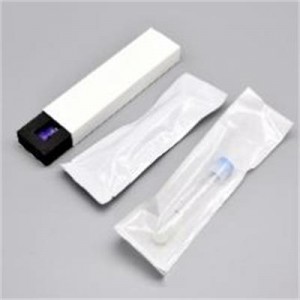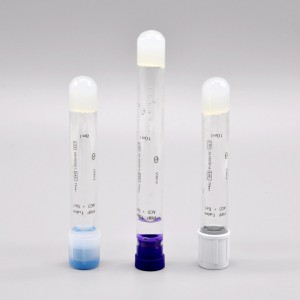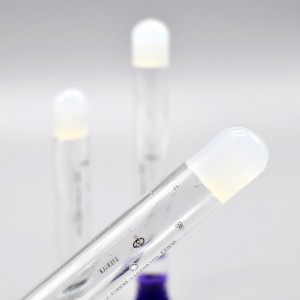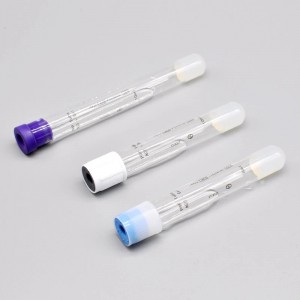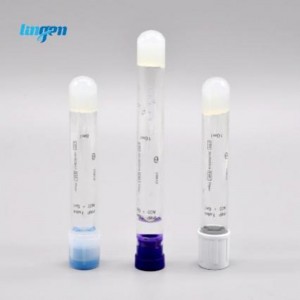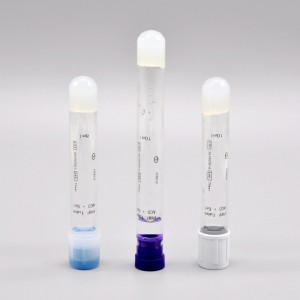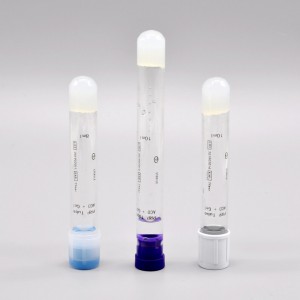● Compared with PRP, no exogenous additives are used in the preparation of PRF, which avoids the risk of immune rejection, cross infection and coagulation dysfunction. Its preparation technology is simplified. It is one-step centrifugation, which only needs to be centrifuged at low speed after taking blood into the centrifuge tube. The silicon element in the glass centrifuge tube promotes the physiological polymerization of platelet activation and fibrin, the simulation of physiological coagulation process is started and natural clots are collected.
● From the perspective of ultrastructure, it is found that the different conformation of fibrin reticular structure is the main structural feature of the two phases, and they are obviously different in density and type. The density of fibrin is determined by the quantity of its raw material fibrinogen, and its type depends on the total amount of thrombin and the polymerization rate. In the preparation process of traditional PRP, the polymerized fibrin is directly discarded due to its dissolution in PPP. Therefore, when thrombin is added in the third step to promote coagulation, the content of fibrinogen has been greatly reduced, so that the density of the network structure of polymerized fibrin is much lower than that of physiological blood clot, due to the effect of Exogenous Additives, high thrombin concentration makes the polymerization speed of fibrinogen much higher than that of physiological reaction. The formed fibrin network is formed by the polymerization of four molecules of fibrinogen, which is rigid and lack of elasticity, which is not conducive to collecting cytokines and promoting cell migration. Therefore, the maturity of PRF fibrin network is better than PRP, which is closer to the physiological state.


